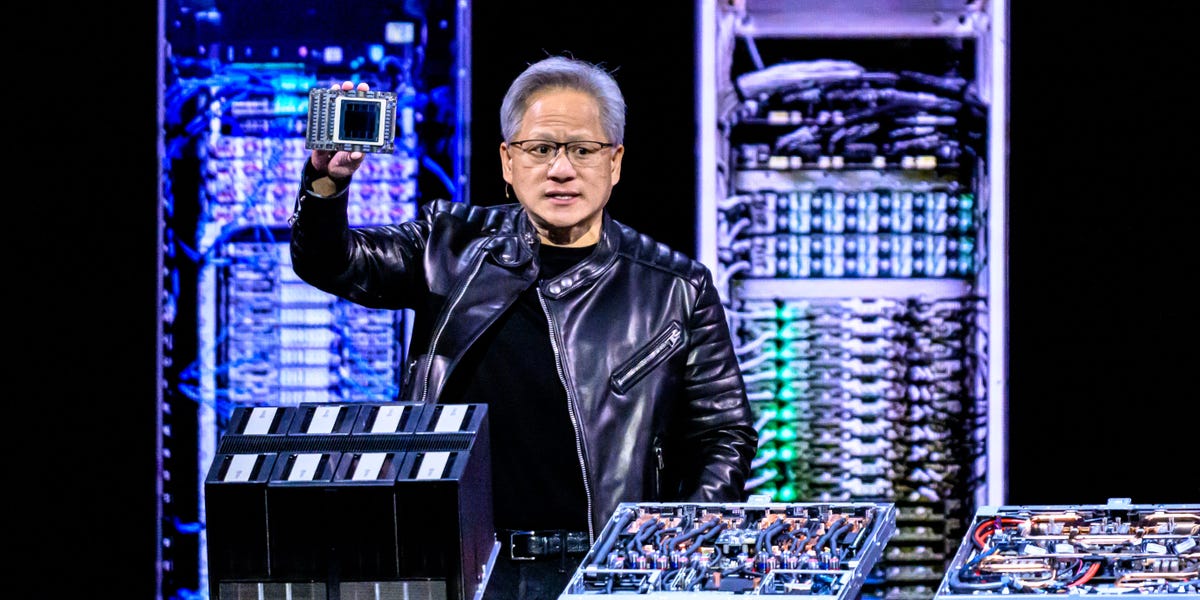Developers Advise: ‘Commit Fully to AI to Stay Ahead.’

The Changing Landscape of AI Technologies
In the rapidly evolving field of artificial intelligence (AI), companies often face the looming threat of larger players dominating the market. A notable instance of this phenomenon occurred with Tuhin Srivastava, co-founder of Baseten, an AI inference platform, who remained unperturbed by Nvidia’s entry into the space.
Embracing Change in AI Development
As the AI landscape grows increasingly complex, models like DeepSeek have made significant impacts. Srivastava and his team engaged with DeepSeek, but faced challenges due to its computational demands. The core issue was tied to inference—the process where AI models generate meaningful outputs. Balancing speed and efficiency became essential for providing value to their users, who were eager for prompt access to advanced models.
Despite having access to Nvidia’s top-tier H200 chips capable of managing these intricate models, Srivastava encountered issues with Nvidia’s inference platform. The Triton Inference Server struggled to handle the demands of DeepSeek’s reasoning model, R1. As a result, Baseten took the initiative to develop its own solution, which they still depend on today.
The Launch of Dynamo
In March, Nvidia’s CEO Jensen Huang unveiled a new inference platform, Dynamo, during the GTC conference. Described as "the operating system of an AI factory," Dynamo aims to optimize how Nvidia chips manage a wide range of inference tasks. Srivastava recognized the importance of this development. He acknowledged that if Nvidia’s Dynamo outperformed their homegrown solution, his company would be prepared to adapt quickly, switching over to Nvidia’s platform within a couple of months.
The Evolution of AI Models
The landscape of AI development is characterized by constant change. Models grow more sophisticated, requiring greater computational power and skilled engineering to scale effectively. However, as new efficiencies are identified, there may be a consolidation of resources, requiring developers to weigh factors such as cost, time, accuracy, and hardware necessities. Each change brings new dynamics to the forefront, compelling developers to remain flexible in their strategies.
The Impact of AI on Development Mindsets
The mentality surrounding AI development encourages innovation. Karl Mozurkewich, a principal architect at cloud firm Valdi, emphasizes the necessity for developers to remain adaptable rather than becoming attached to specific frameworks or methodologies. Theo Brown, a YouTuber and developer at Ping, also advocates for a mindset that embraces quick iterations. He notes that the beauty of AI lies in its potential to simplify and cheapen processes that were once viewed as critical and permanent in the industry.
For example, during his earlier coding projects at larger firms like Twitch, Brown faced reluctance when proposing to restart tasks for efficiency. This experience taught him the value of acting swiftly to preempt any opposition to necessary changes.
Focus on Practicality Over Novelty
In contrast to a rapid, cutting-edge approach, some leaders in the AI space advocate for stability and reliability. Ben Miller, CEO of Fundrise, expressed that if an existing model meets the required functions adequately, there is little reason to rush toward newer alternatives. Miller’s strategy is influenced by his organization’s size and the need for solid foundations.
The AI development stack builds upon layers, starting with foundational hardware such as Nvidia’s GPUs and advancing through multiple software levels. While some companies focus on continually pushing for the latest technology, Mozurkewich cautions that an excessive emphasis on speed can lead to diminishing returns, especially when other factors, such as user experience, become paramount.
Navigating the Future of AI Development
As the AI field continues to mature, adaptability remains a key theme for startups and established firms alike. The ability to pivot quickly based on emerging solutions, like Nvidia’s Dynamo, reflects a dynamic mindset that can drive innovation. Balancing the need for new features against practical deployment considerations is vital as businesses strive to meet the demands of an ever-evolving market. The journey of AI development, marked by collaboration and competition, illustrates the potential for both growth and transformation in the industry.






